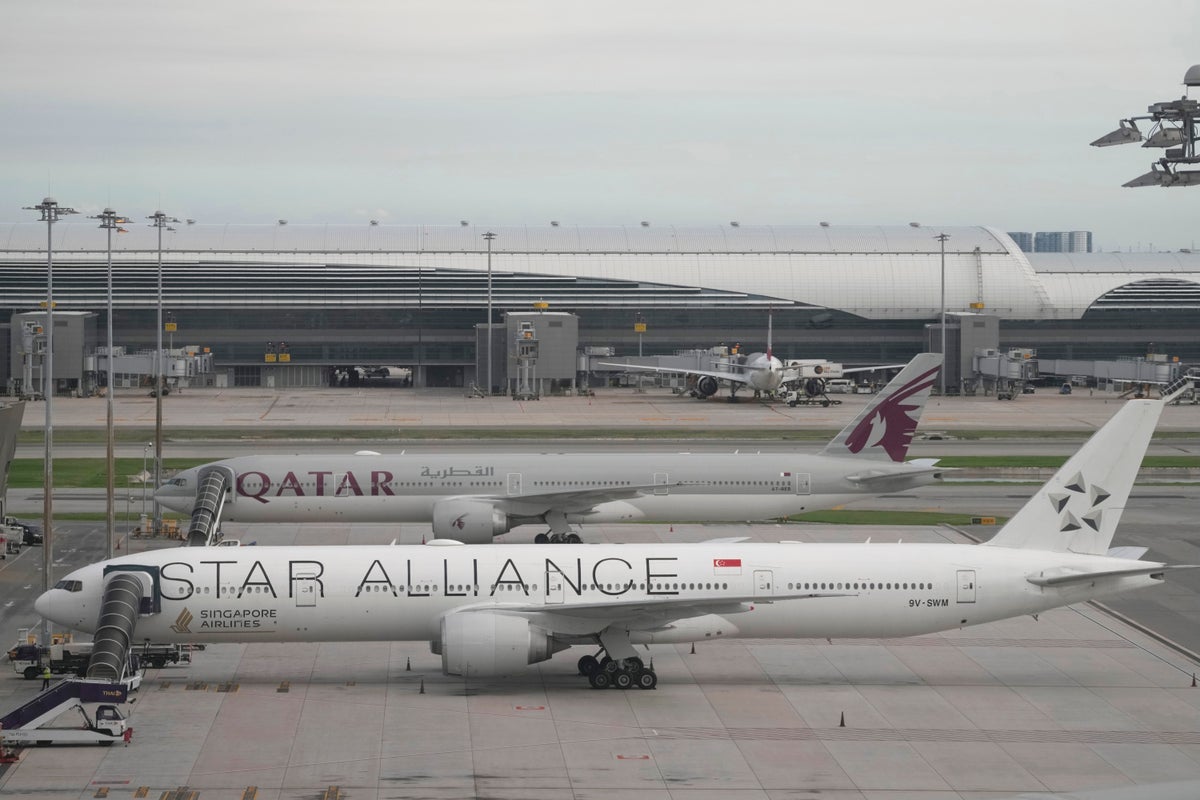
Singapore Airlines said Tuesday it has offered compensation to passengers of a flight that hit extreme turbulence last month, in a rare case that killed one passenger and injured dozens.
The Being 777 jet, carrying 211 passengers and 18 crew from London to Singapore, ran into sudden turbulence over the Irrawaddy basin on May 20, hurling people and items around the cabin. The plane diverted to Thailand.
A 73-year-old British man died of a suspected heart attack and dozens were hospitalized including those with spinal, brain and bone or organ damages. Nineteen people remained hospitalized in Bangkok.
Singapore Airlines said it has offered $10,000 in compensation for passengers with minor injuries.
“For those who sustained more serious injuries from the incident, we have invited them to discuss a compensation offer to meet each of their specific circumstances when they feel well and ready to do so,” it said in a statement.
Those medically assessed to have sustained serious injuries, requiring long-term medical care and requesting financial assistance will receive an advance payment of $25,000 for their immediate needs, it said. “This will be part of the final compensation that these passengers will receive,” it said.
The airline said it will also provide full air fare refunds to all passengers on the flight, including those without any injuries. All passengers will also receive delay compensation in accordance with European Union or U.K. regulations, it said.
The airline added that it had already given all passengers 1,000 Singapore dollars ($739) each for their immediate needs, covered medical expenses of injured passengers, and arranged for their family members and loved ones to fly up to Bangkok where requested.
A preliminary investigation by Singapore's Transport Ministry said the plane went through huge swings in g-force in less than five seconds, likely causing the injuries to people who weren’t buckled into their seats. It said the jet dropped 178 feet (54 meters) in less than one second, which “likely resulted in the occupants who were not belted up to become airborne” before falling back down.
Officials said the turbulence was believed to have struck when meals were being served and many people were not using seat belts. Passengers have described the “ sheer terror ” of the aircraft shuddering, loose items flying and injured people lying paralyzed on the floor of the plane.
It was unclear what caused the turbulence. Most people associate turbulence with heavy storms, but the most dangerous type is so-called clear air turbulence. Such turbulence can occur in wispy cirrus clouds or even in clear air near thunderstorms, as differences in temperature and pressure create powerful currents of fast-moving air.
According to a 2021 report by the U.S. National Transportation Safety Board, turbulence accounted for 37.6% of all accidents on larger commercial airlines between 2009 and 2018. The Federal Aviation Administration has said there were 146 serious injuries from turbulence from 2009 to 2021.







